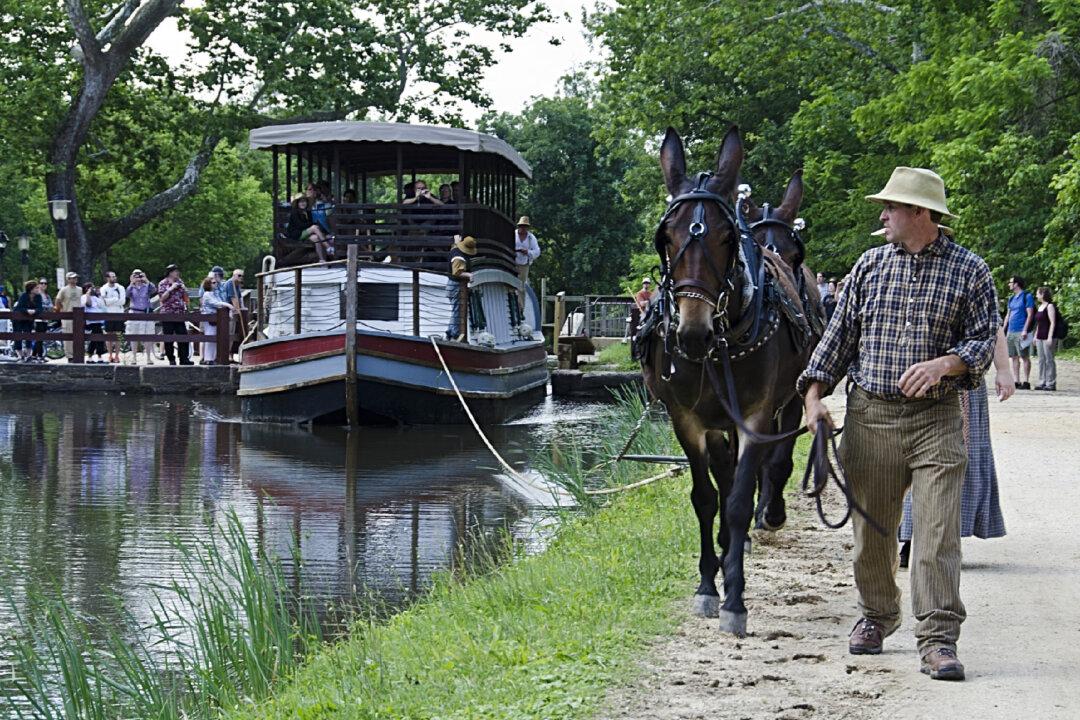Beginning in about 1810 and for the next 30 years, trappers and fur traders traveled by foot and horseback over a trail that connected the Missouri River valley to present-day Oregon. They were followed by farmers, ranchers, miners, and others who were moving westward to seek a better life. Wagon trains joined the migration, and the deep ruts that they made in the ground are still visible in some places along the route.
People who wish to relive those pioneer days can follow sections of the storied Oregon Trail, walking where history was made. Other routes throughout the country where chapters of the past come alive for those who follow them are possibilities, too.





